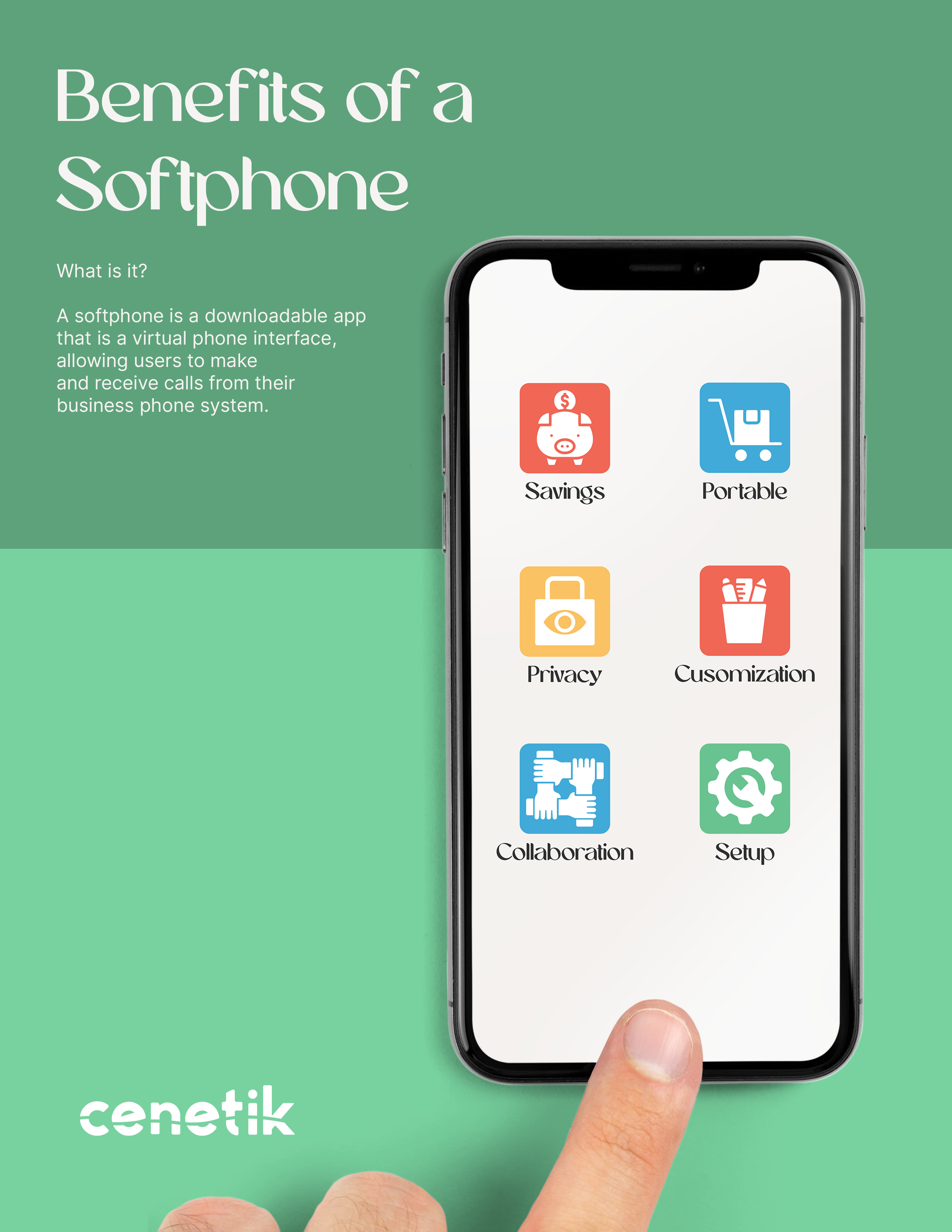
What is a softphone?
A softphone is a downloadable app that is a virtual phone interface, allowing users to make and receive calls from their business phone system.
Flexible communications solutions are becoming more and more crucial as the world turns virtual. When it comes to business communications, you may have heard of softphone systems, albeit that nomenclature is being superseded by other, more up-to-date categories of tools like unified communications.
It has all the buttons you may anticipate finding on a business phone, such as transfer, mute, and hold. However, in contrast to regular phones, it connects to the rest of the phone system communications platform, enabling you to access team messages, view your calendar, and send invitations for conference calls.
Since a softphone is merely software, it will appear to be any other calling program or software! You will have access to all the standard buttons and selections found in the calling interface of your cell phone because it simulates the experience of using a desk phone. Frequently, the softphone’s software program displays a picture of a handset next to an interactive display and a dialpad for regular phones. Here is a list of the top 6 benefits of softphones for businesses:
- Savings
International and long-distance calls are also far less expensive when made through the Internet as opposed to a regular landline. In addition to a certain number of long-distance or toll-free minutes per month as part of a subscription plan, several VoIP softphone companies offer free unlimited calling within the United States and Canada.
Additionally, you won’t have to spend money on pricey conference room hardware and add-on capabilities because softphones can handle audio conference calls and, in many situations, video conferencing. Instead, teams can just keep using their current tools.
- Portable
The ability to take business communications with them wherever they go is perhaps the most useful benefit of softphones. This is important now more than ever given the increase of remote and blended workforces. Users have the option of using their laptop to answer calls, their tablet to place an outgoing call, or their smartphone to send a team chat message. The tiresome phone tag battles between coworkers and clients are reduced thanks to this level of mobility. Users can focus on other projects, attend meetings, or even leave their desks without worrying about missing a call, which boosts productivity. The customer experience will significantly improve because softphone technology makes team members approachable from anywhere at any time.
- Privacy
Given the cost savings to employers, it is now rather common for employees to utilize personal smartphones and other devices for both professional and personal calls. This, however, can be a concern because it forces team members to give out personal phone numbers to home and cell phones so that everyone, not only VIP customers, can reach them whenever they want. In addition, some individuals might not want their personal phone number shared with professional acquaintances. Softphones provide a way to interact on personal cellphones and gadgets without forcing team members to disclose their personal phone numbers or displaying them on Caller ID screens. Instead, the company phone number is shared and displayed, protecting the privacy of personal data.
- Customization
One of the key advantages of a softphone is that, in addition to the many additional features it provides, these features may be customized to meet the demands of your company. Software customization is substantially less expensive than paying for desk phone features, which require network upgrades and hardware costs.
Softphones work well with third-party applications like click-to-dial, email, and CRM because they are software-based. Calls are recorded and kept in your CRM, which eliminates a large portion of the post-call admin labor that plagues landlines. In essence, softphones save you time by operating more efficiently. Desk phones simply can’t compete with unified, enhanced communication that is made possible by easy access to client interactions.
- Collaboration
Knowing when team members are online or offline is crucial in today’s extremely remote working environment. Users can utilize presence capabilities to determine whether a coworker is accessible to answer a question or whether another person should handle it. Utilizing features like drag-and-drop call transfers, visual voicemails, voicemail-to-email setup, and incoming call notifications, softphone systems, along with presence, make it simpler to host video conferences and meetings.
Without switching between apps or having a ton of browser tabs open at once, team members can find what they need for efficient collaboration.
- Setup
It’s no secret that installing and setting up business communication software may be difficult and time-consuming. Softphones, on the other hand, allow consumers to begin using them as soon as they have chosen a phone number and paid for their preferred plan, contradicting the previous statement. The absence of necessary hardware substantially removes the need for equipment installation. Users will also be able to get started right away because the softphone interface imitates a typical smartphone calling screen (and because chat and video calling interfaces resemble well-known, well-liked programs like Slack and Zoom quite a bit).
